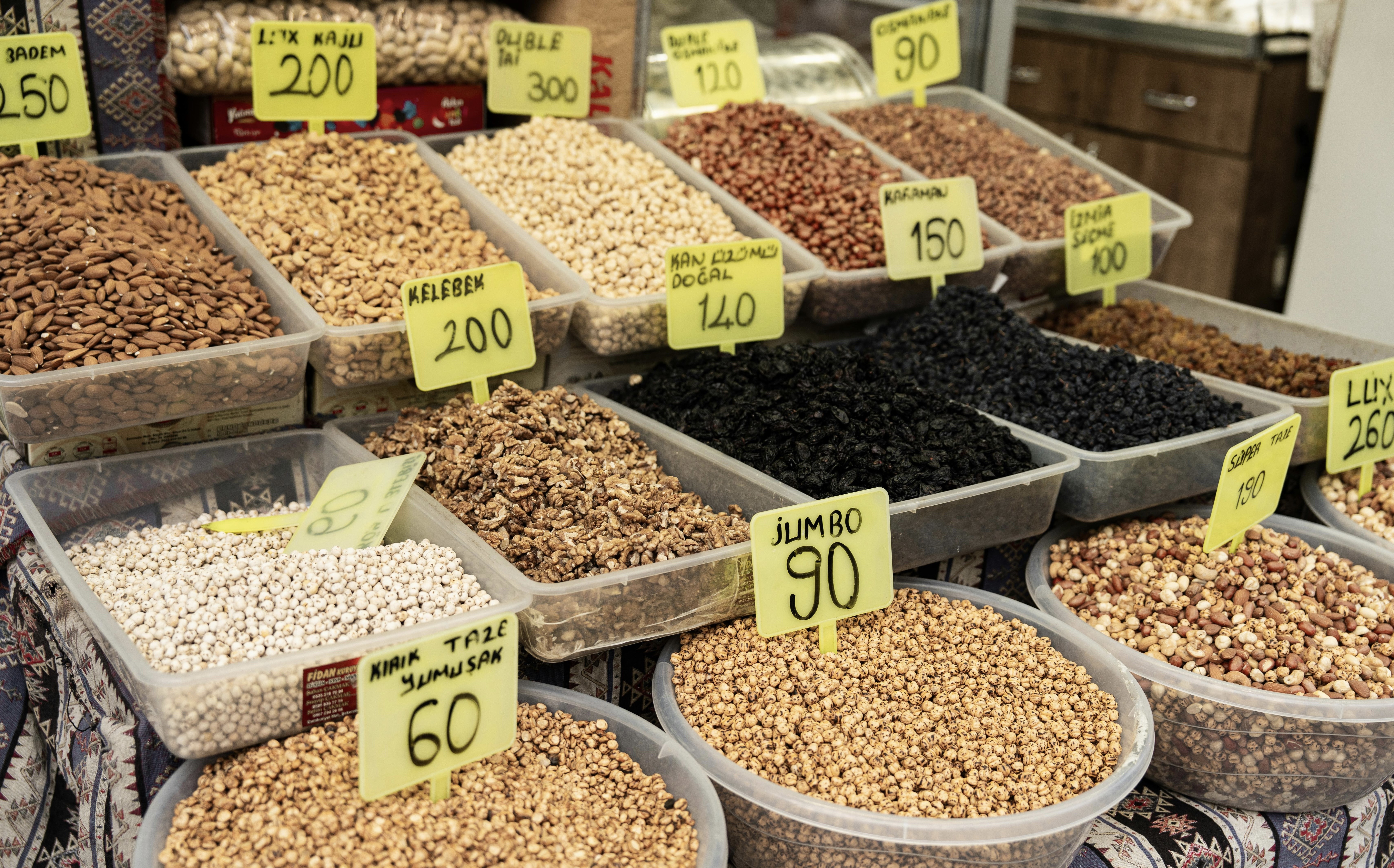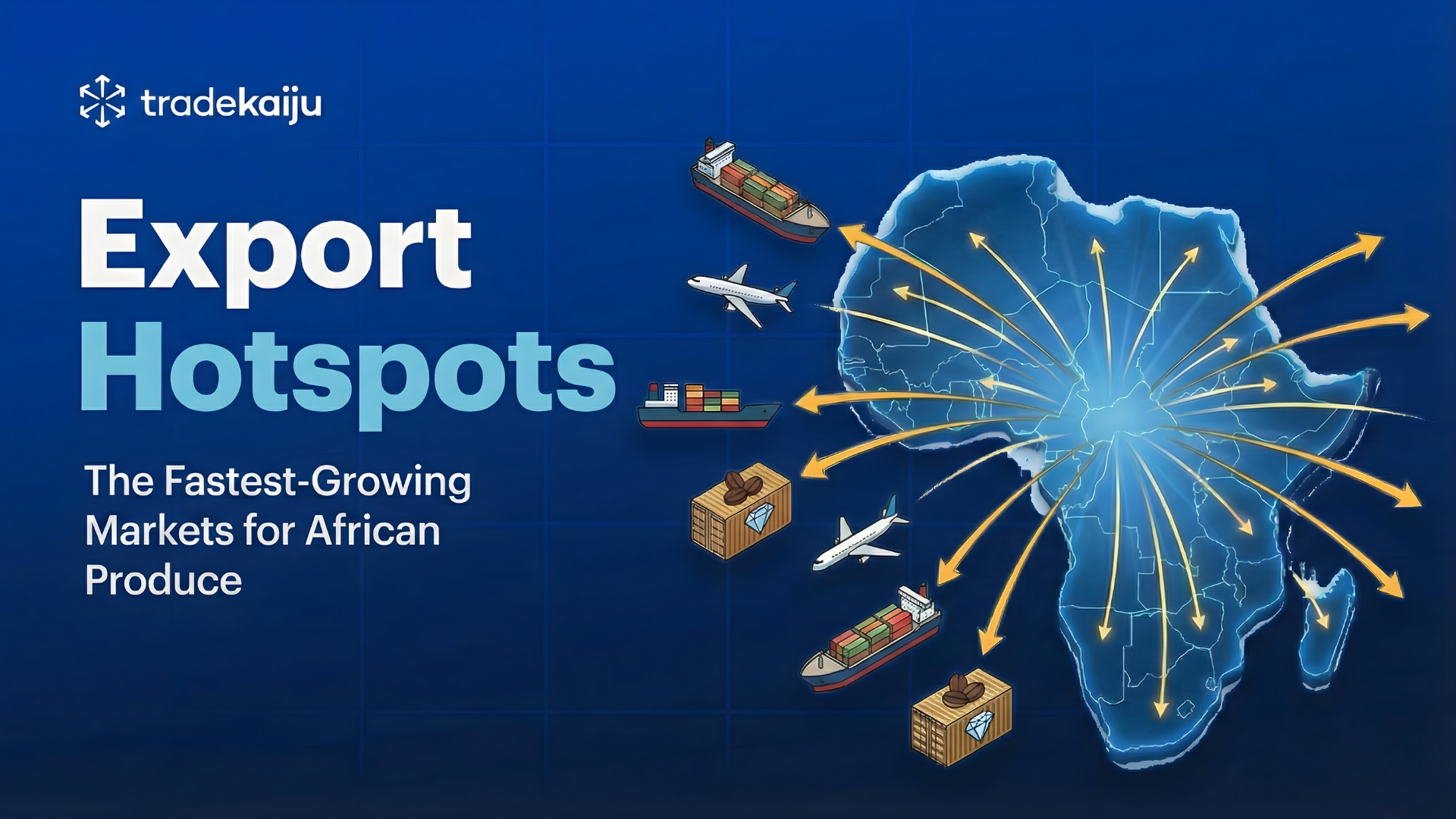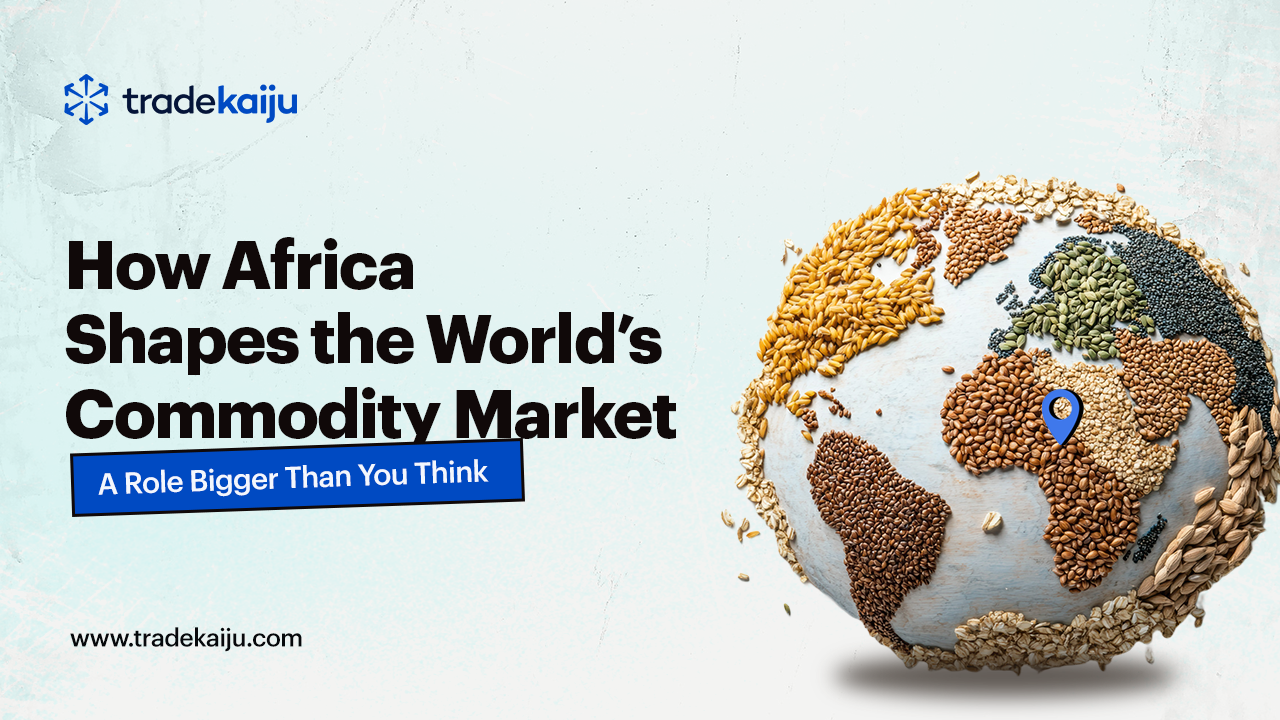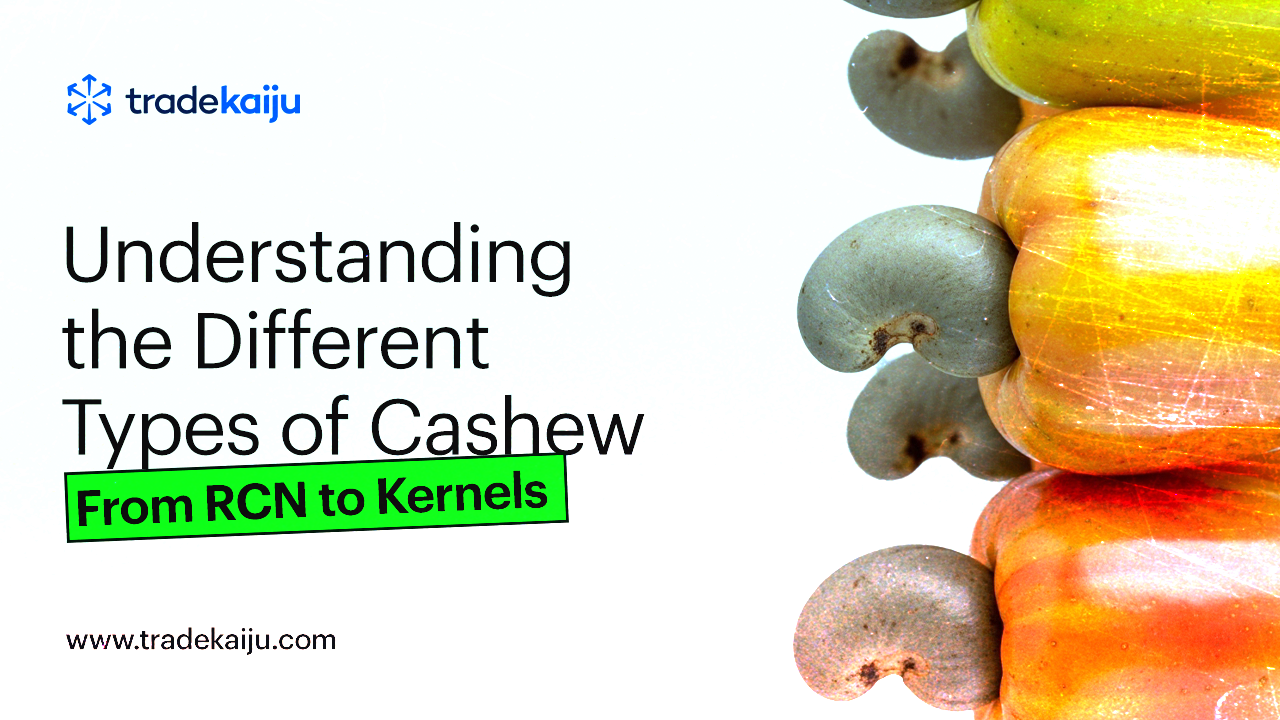Agro Commodity Pricing: How to Set Competitive Prices in the Global Market
Date Posted: 2024-09-03 18:07:42

Pricing agro commodities in the global market can be challenging due to fluctuating demand, diverse market conditions, and varying production costs. It is important to maintain competitive prices as this will enable you to remain profitable while appealing to buyers. This guide will help you navigate the complexities of pricing your products to ensure you remain competitive on the international stage.
1. Understand Market Dynamics: Keep track of the global supply and demand trends for your commodities. Overproduction in one region or underproduction in another can drastically affect prices. For instance, if there's a bumper harvest in a major producing country, prices might drop, whereas a drought in another region could push them up.
2.Seasonality: Be aware of how seasons affect supply and prices. For example, certain crops may be abundant and cheaper during harvest season but become scarce and expensive out of season. Understanding these patterns helps you set prices that reflect market realities.
3. Analyze Production Costs: Calculate all the costs involved in producing your commodity, including labor, materials, transportation, and storage. Ensure your pricing covers these costs while leaving room for profit. If you're able to produce larger quantities, you may benefit from reduced costs per unit, allowing you to offer more competitive pricing. However, ensure that scaling up does not compromise quality or lead to overproduction.
4. Research Competitor Pricing: Compare your prices with those of your competitors in both local and global markets. This helps you understand where you stand in terms of pricing and allows you to adjust accordingly to stay competitive.
5. Value Differentiation: If your product has unique qualities, such as superior or premium quality, you may be able to justify higher prices. Highlight these differences to potential buyers to explain why your product is pricier.
6. Monitor Exchange Rates and Tariffs: In global trade, exchange rates can significantly impact pricing. Monitor currency trends in your trading partners' countries and adjust your prices to account for any significant changes. Also be aware of any tariffs or trade restrictions that might affect your pricing. These can add to your costs, which you'll need to factor into your final price to avoid losing money.
7. Adjust Prices Based on Market Feedback: Listen to your buyers’ feedback on pricing. If multiple buyers indicate that your prices are too high, consider adjusting them to better match market expectations. Also be willing to adjust your prices in response to changing market conditions. This flexibility can help you remain competitive and retain buyers in a dynamic global market.
8. Long-Term Contracts: Establish long-term contracts with buyers at agreed-upon prices. This approach provides price stability for both you and the buyer, protecting against market volatility.
9. Market Intelligence: Stay informed with up-to-date market intelligence reports that provide insights into global pricing trends, demand forecasts, and potential market disruptions. This knowledge can help you make informed pricing decisions.
Understanding these factors and aligning your agro commodities with the expectations of international traders can significantly enhance your chances of success in the global market. This will enable you to create prices that not only attract buyers, but also allow your business to maintain profitability over the long term.
Similar Blog Posts

Africa’s agricultural sector is on the rise, and so is global demand for its produce. As the continent continues to bu

Africa isn’t just a participant in the global commodity market, it’s a driver. The continent holds: 30% of the worl

Cashew is one of Africa’s most valuable export crops, yet many people (especially new traders) don’t fully understan